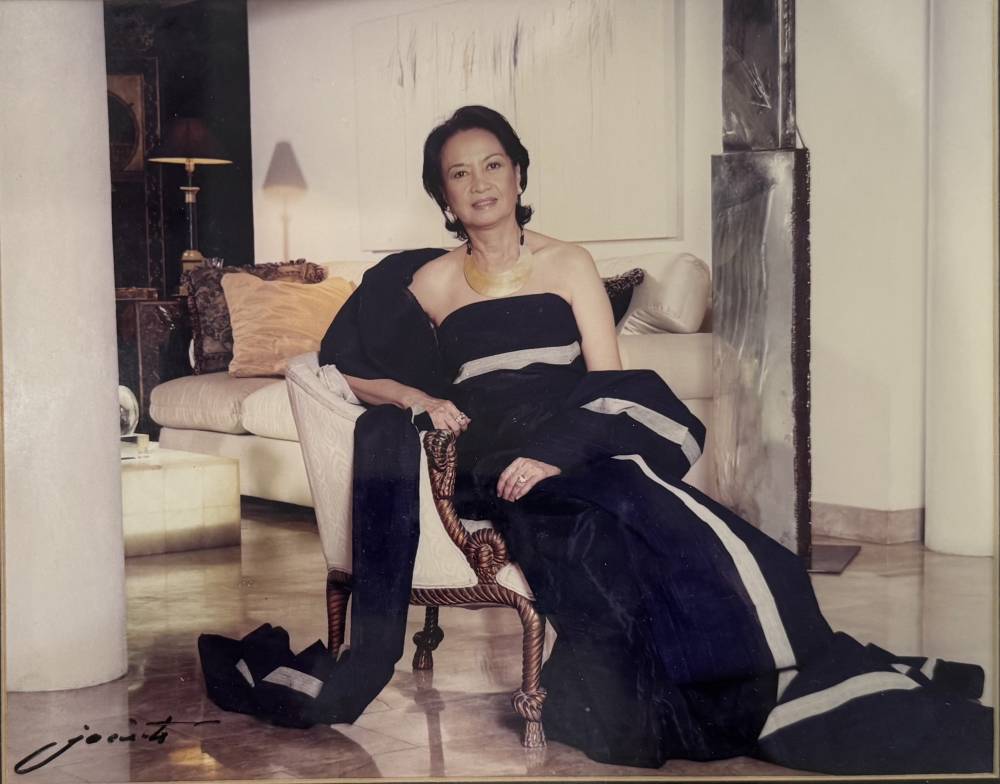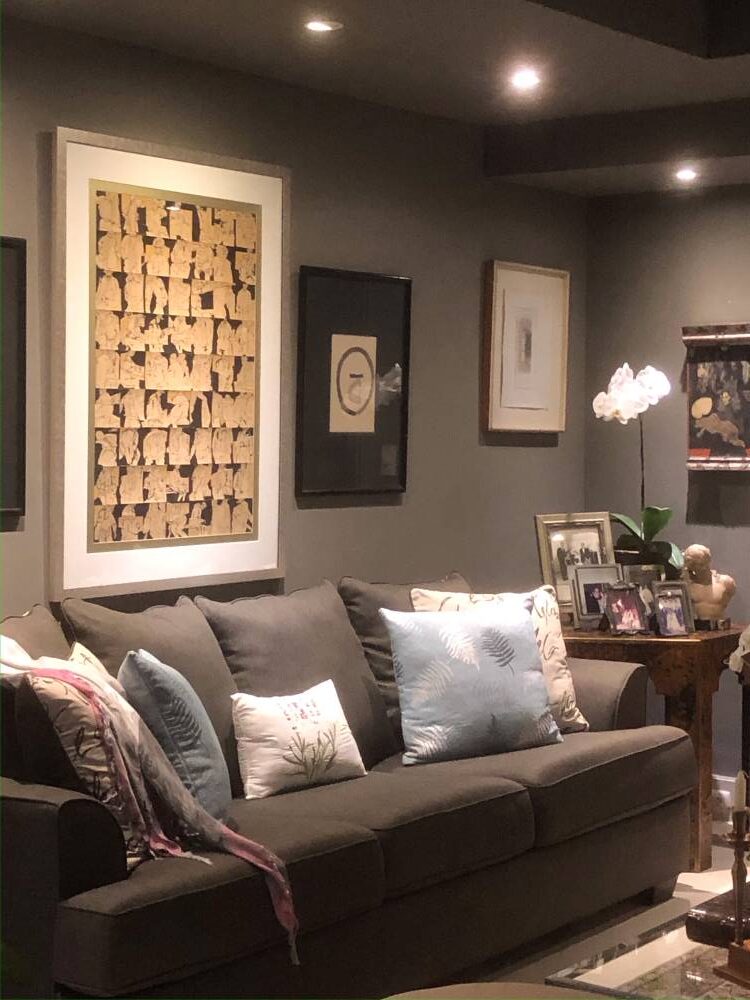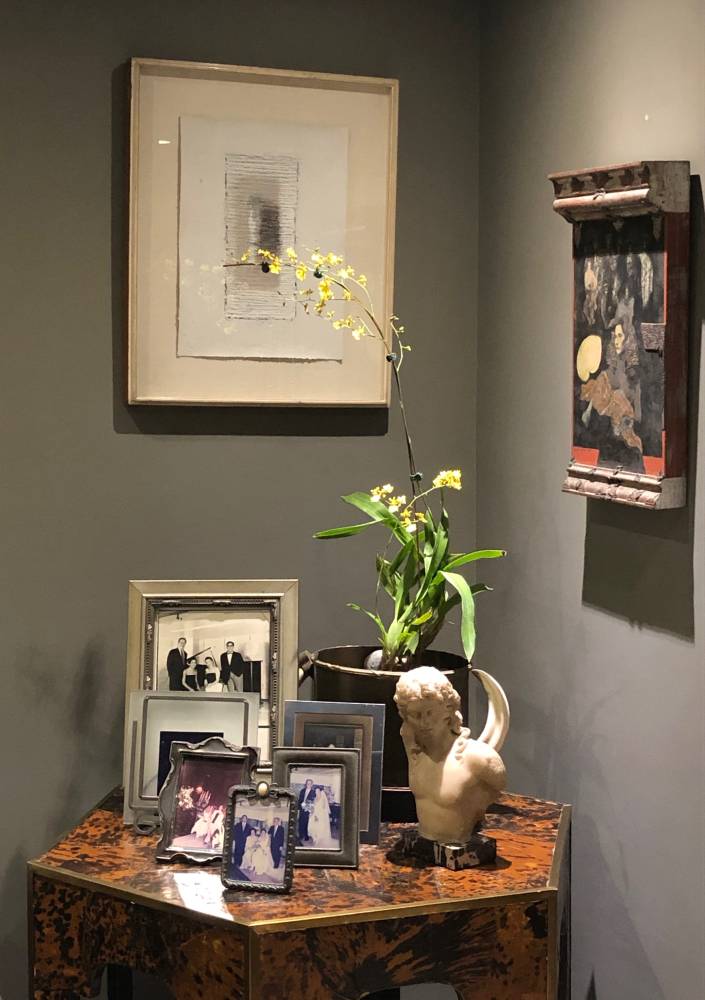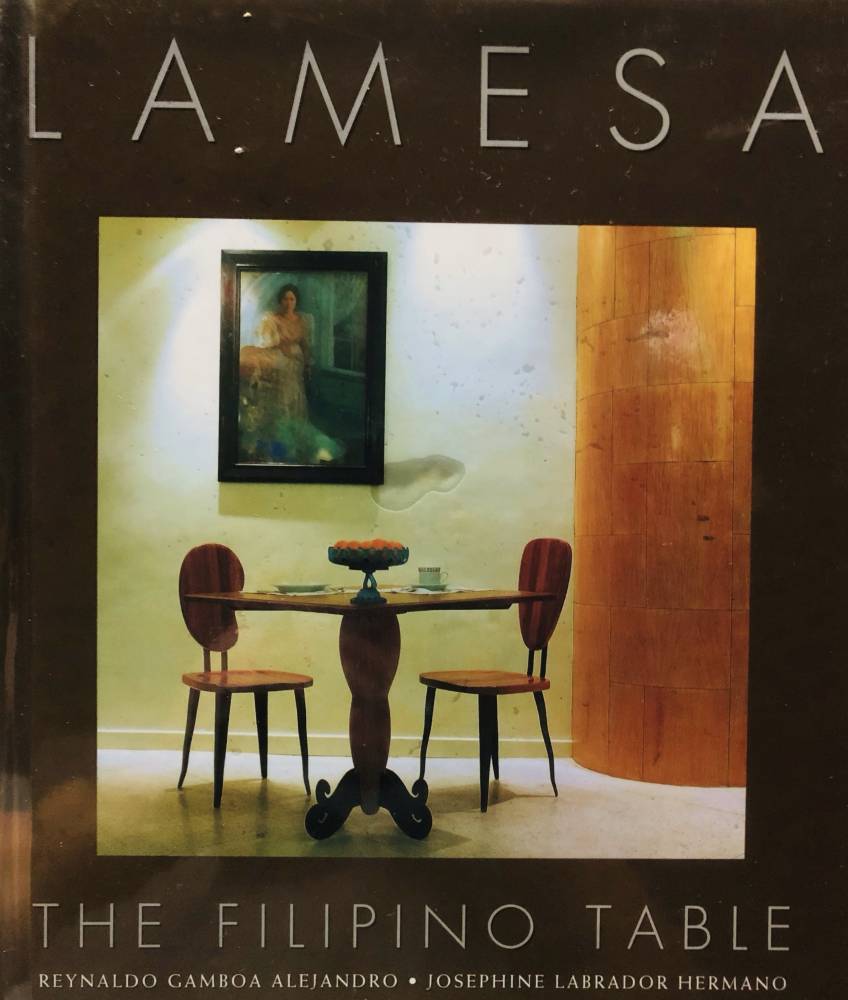Remembering Josephine Hermano

Josephine “Opat” Hermano, a significant figure in Philippine interior design publishing, has passed away at 87 due to pneumonia complications. She led Design and Architecture magazine, establishing a benchmark for subsequent publications in the field.
Her daughter, Alessandra “Mara” Hermano, the vice president for Institutional Research & Planning at Boston College, recalled, “She had expectations of us and everyone else, setting high standards. Even when living and dining alone, she insisted on a perfectly set table. She never lowered her standards for her everyday surroundings. It was challenging to meet them.”
Angela Francesca H. Crenshaw, her granddaughter, who called her “Mucci” instead of “lola,” said, “She wanted us to achieve our best.” This inspired Angela to pursue her doctorate.
Mara described her mother as “a force of nature, a pioneer, an icon, and a trendsetter in publishing, interiors, and fashion. She was remarkably forward-thinking. With her sharp eye, we grew up surrounded by and appreciating beautiful items, each with its own story. She excelled at creating surprising combinations.”

Even before the widespread adoption of eclectic décor—mixing different styles, textures, colors, and periods—Hermano exemplified this in her home, though she considered the term “eclectic” trite.
“She combined Gabby Barredo’s found-object sculptures with Oriental blue-and-white vases and china, along with Buddha heads and seated Buddhas. She mixed contemporary pieces with European and Asian antiques and furniture. There wasn’t a single theme. Instead, all the objects, textures, and fabrics communicated with each other. Nothing was static. Mom constantly rearranged her space, moving pieces to emphasize different furniture or artworks,” Mara explained.
Hermano’s Ayala Alabang home, designed by architect Richeto Alcordo, often appeared in magazines. It established a standard for tasteful homes. Her décor boldly combined Gus Albor’s industrial metal sculpture with a large, Baroque gilded mirror. This mirror reflected the sheen of Albor’s welded steel and the minimalist painting of Lao Lianben. A gilded framed nude by Federico Alcuaz leaned casually against the mirror. The density of Pablo Mahinay’s glass block on a pedestal played against the lightness of Impy Pilapil’s glass waves featuring faceted bubbles.
Casual decorating style
After becoming an empty nester in the 2010s, she moved to a condo and embraced a more casual decorating style. Chosen for comfort, two affordable brown leatherette chairs accented an antique Chinese chest and an abstract piece by Dutch artist Brita Berthelsen. The new space achieved harmony through similar neutral tones and simple lines.

“As the publisher of Design & Architecture magazine, an interior designer, and a friend to numerous artists, Opat significantly shaped various aspects of art and design in the Philippines. She conducted herself with elegance and grace in all her pursuits,” noted Paul Crenshaw, her son-in-law and an associate professor of Art History at Providence College, Rhode Island.
Hermano wore Japanese designers long before Filipinos included Issey Miyake in their wardrobes.
Crenshaw added, “In decorating her home, she appreciated a variety of surface materials and the placement of contrasting textures side by side. She didn’t view a single artwork in isolation but always in connection with other objects in the house. She would pair two-dimensional sculptures with three-dimensional ones, as well as plants and flowers. She favored art that possessed a sense of elegance, fashion, and texture.”
Turning point
Hermano’s refined taste emerged early, by constantly moving furniture around in a traditionally styled home featuring rich wood details. Born to Concepcion Magsaysay (sister of President Ramon Magsaysay) and Supreme Court Associate Justice Alejo Labrador, Hermano married
lawyer Francis Hermano, who later became a leading executive at the Asian Development Bank.
She pursued her interest in design at the Philippine Institute of Interior Design. Although she found drawing and drafting difficult, her talent for styling shone through in her graduation exhibit, drawing the attention of clients. Her design reputation grew as friends sought her advice in decorating their homes.

A pivotal moment occurred in 1989 when publisher Jacqueline Vega, no longer able to oversee Design and Architecture (DA), entrusted it to Hermano as the executive publisher.
Rommel Earl Digo, a former DA staff writer, aptly called Hermano “the Paige Rense of the Philippines.” This comparison underscores Hermano’s impact on elevating the profile of interior design in the Philippines, mirroring Rense’s influence on Architectural Digest in the United States. Rense transformed Architectural Digest Into a glamorous magazine that spotlighted interior designers and architects. Likewise, Hermano reshaped DA, emphasizing the impact of visual narratives and Filipino ingenuity, thereby establishing a high benchmark for the industry.
Working with editor-in-chief Sylvia Roces-Montilla, Hermano maintained creative control, establishing DA as a guide for refined taste. The quarterly magazine featured striking photography that emphasized spatial depth. Hermano engaged stylists for photoshoots, meticulously arranging and editing elements to achieve uncluttered and artfully composed images. The magazine showcased the stylish homes of creative individuals, commercial spaces by leading designers, heritage homes, and Filipino art and artifacts, creating a model for later shelter publications.
Digo observed that Hermano balanced “high art with high design,” encouraging homeowners to feature significant artwork and table settings that reflected their personalities. Designers and socialites sought to be featured in DA, yet Hermano’s sophisticated taste sometimes led her to decline overly flamboyant projects, further strengthening her reputation for discerning judgment.

Similar to Architectural Digest’s AD100 list, DA presented the Guhit Awards, which recognized excellence in architecture, interior design, decorative arts, and cultural preservation. Hermano also produced two coffee table books based on DA content: “La Mesa,” focusing on table settings, and “At Home with Filipino Art and Artists,” featuring artist studios, written by her daughter Mara.
The Asian Crisis of the late 1990s affected the real estate industry and the magazine, resulting in DA’s final issue in 2001. Although many shelter magazines have since emerged, Hermano’s influence remains. She was crucial in shaping how expressive Filipino interiors are presented and valued.
Hermano is survived by her children, Mara and her son-in-law Crenshaw; Jose Francisco “Jiggs” L. Hermano and her daughter-in-law Venisse Laurel; and her grandchildren Angela Francesca and Lucas Crenshaw, and Danielle Juliana, Alissandra Georgina and Gabrianna Marie Hermano.

















